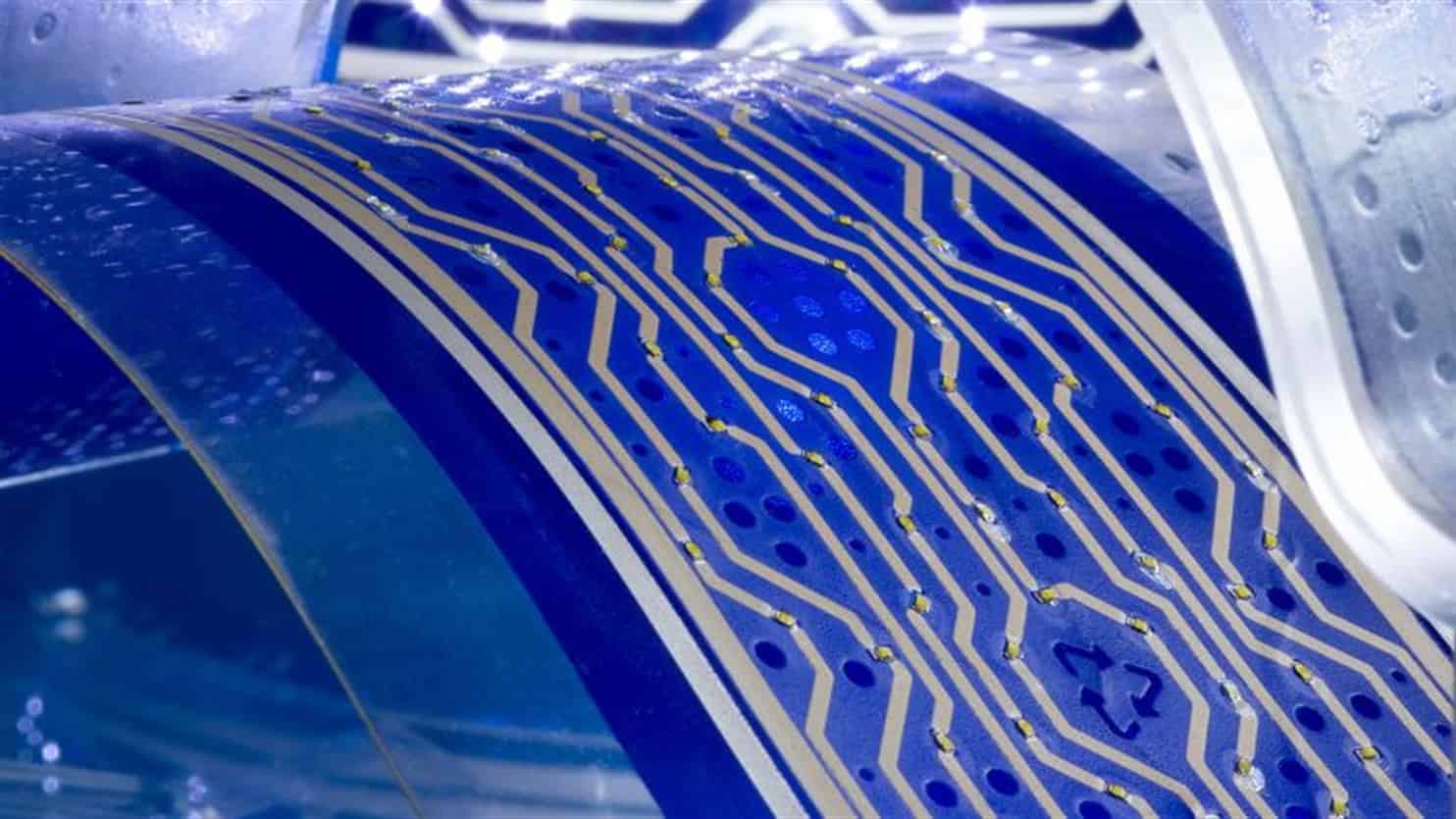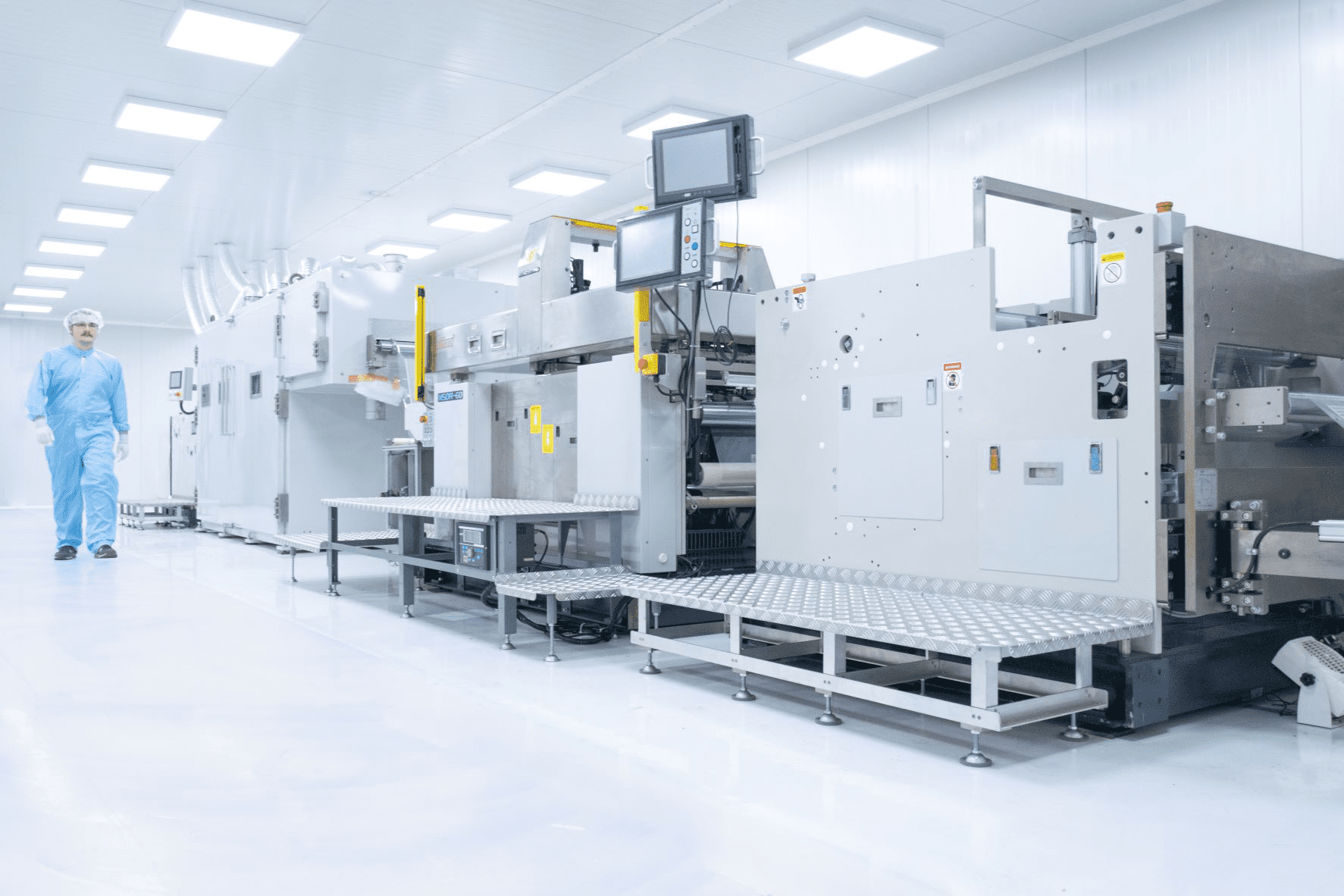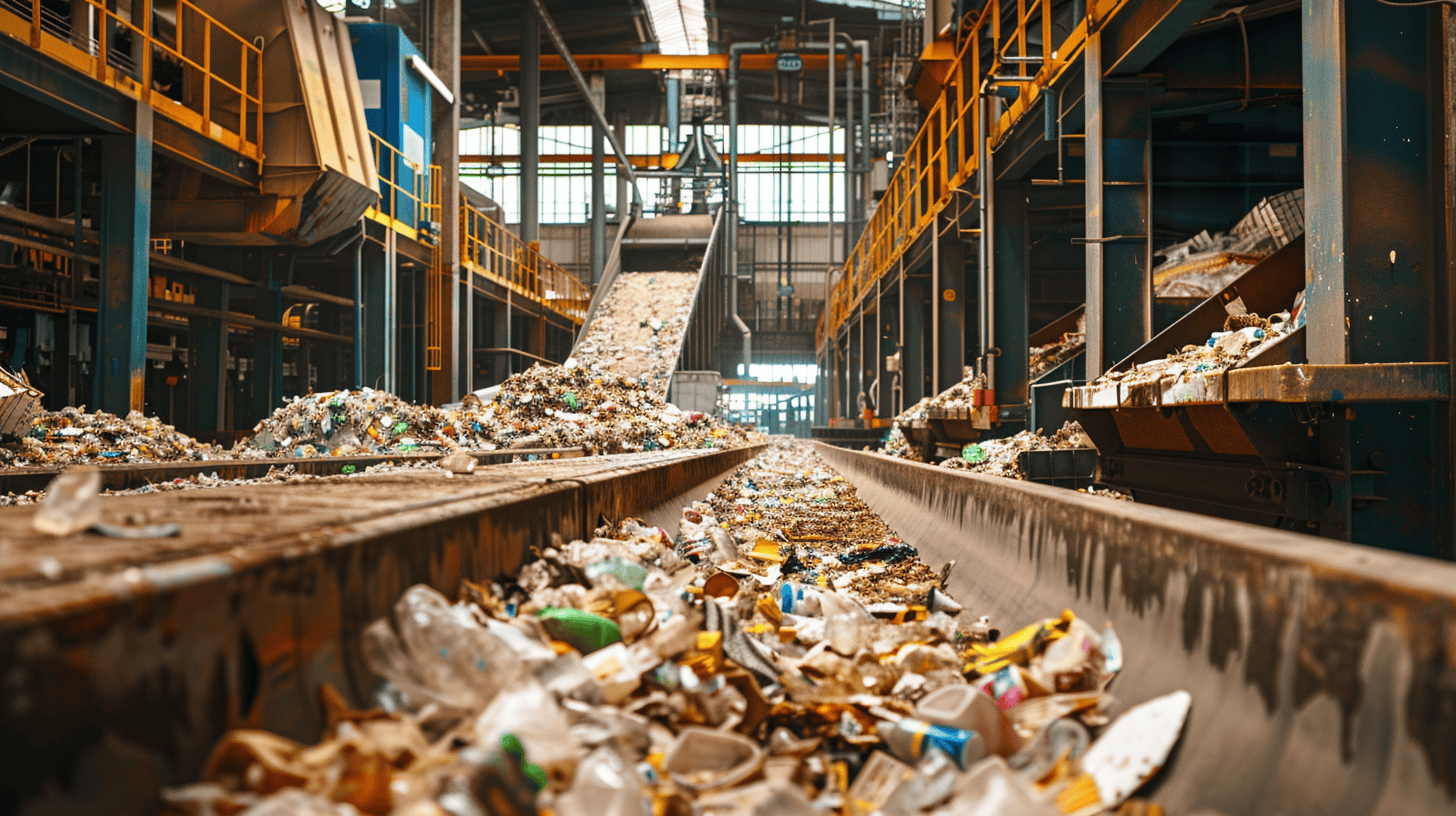
Researchers developed a disassembly method for printed electronics, facilitating their disassembly at the end of life. As a replacement for plastic, the scientists working at the Holst Centre created a water-based layer to coat electronics, easing recycling at the end of a product’s life, reducing the amount of electronic waste.
Companies are increasingly switching to printed forms of electronics because they can be seamlessly integrated into almost any product. As a result, the electronic part weighs less, and the product has a nicer design. In addition, production is easier and faster. Examples include wearable medical sensors, car dashboards, aircraft control panels or industrial machinery, as well as in washing machines and coffee makers. It is estimated that the market size of this technology will increase from about $175 million to more than $3 billion between 2022 -2032.
However, to protect the electrical circuitry, the electronic components and printed metals are fused with plastics. This makes repair and recycling virtually impossible. Currently, for these types of electronics, at the end of life, only the shredder and incinerator remain. This leads to CO2 emissions, and unnecessary loss of burned raw materials. Only one-fifth of all electronic waste worldwide is currently neatly recycled. The amount of electronic waste is estimated to reach 74.7 million tons by 2030 and 110 million tons by 2050.

Water-based layers
As a step forward in printed electronics, TNO developed a special water-based layer. This was applied between the circuit with components and the outer plastic layer of the electronic test device. Tests showed the layer was strong enough to withstand 1000 hours of humidity up to 85% and a temperature of 85 degrees Celsius. At the same time, the new layer is flexible enough to remove the plastic without damaging the electronic circuitry. If products were found to be defective during testing, they were taken apart and repaired. Then, the device was covered with plastic again, and the electronics worked as they should.
Better for the economy and environment
This method allows printed electronics to be repaired and fully recycled, which was previously not possible because electronics were fused with plastic. It allows companies to repair design errors during production, leading to cost savings and more efficient use of materials. In addition, companies will bring new products to market that comply with future European Commission rules on sustainable design (Ecodesign for Sustainable Products Regulation).







